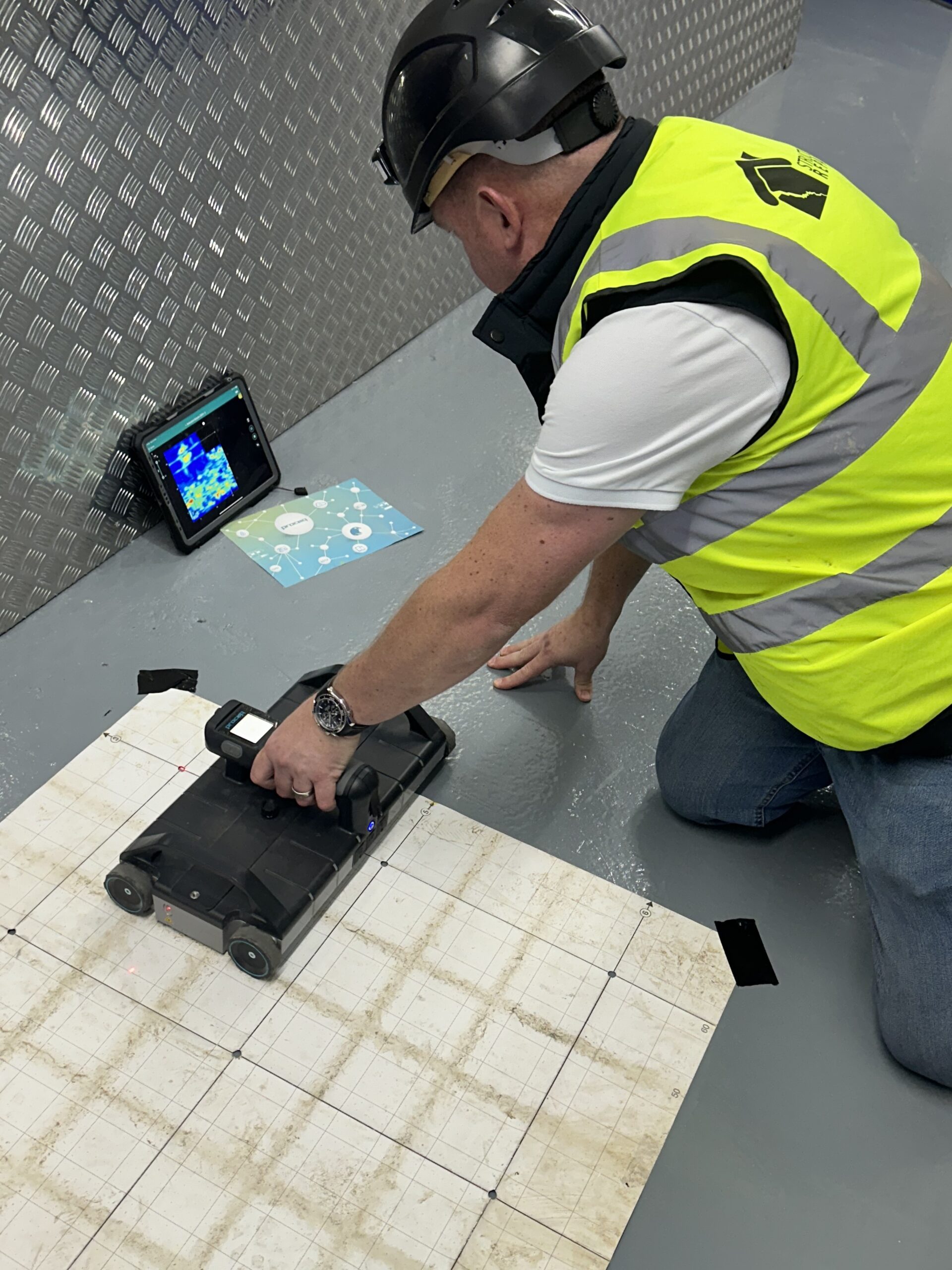Selecting the Right Concrete Scanning Equipment
Selecting the Right Concrete Scanning Equipment
Blog Article
Introduce the Transformative Power of Concrete Scanning in Making Best Use Of Effectiveness and Security
Concrete scanning has emerged as a critical tool in the building sector, supplying unrivaled benefits in improving job performance and making certain safety requirements. The transformative power of concrete scanning exists in its ability to offer thorough insights and real-time information, changing how projects are planned and implemented.
Significance of Concrete Scanning
Making certain the structural integrity and safety and security of building tasks begins with the critical action of conducting detailed concrete scanning. Concrete scanning is a non-destructive technique made use of to spot and map subsurface elements within concrete structures.
The relevance of concrete scanning can not be overstated, as it plays a crucial function in protecting against accidents, reducing job hold-ups, and ensuring the long-lasting durability of the building. By identifying prospective threats before the building and construction phase begins, builders can execute proper security measures and make informed decisions concerning the style and implementation of the job. In addition, concrete scanning aids in enhancing task timelines and budget by staying clear of unforeseen costs and hold-ups that might arise because of unforeseen obstructions within the concrete. Eventually, purchasing detailed concrete scanning is a positive strategy that boosts both performance and security in building tasks.
Exactly How Concrete Scanning Works
Concrete scanning runs as a crucial tool in construction tasks by utilizing advanced innovations to detect and map subsurface aspects without triggering structural damage. Ground Permeating Radar (GPR) and Electromagnetic Induction (EMI) are two key approaches used in concrete scanning.
During the scanning process, the information gathered is examined in real-time, permitting instant identification of possible threats or challenges under the surface area. By using these sophisticated innovations, concrete scanning considerably decreases the risk of costly problems and injuries on building and construction websites.
Benefits of Concrete Scanning
One of the key advantages of concrete scanning is the ability to identify and find embedded items such as rebar, post-tension cables, and conduits precisely. Concrete scanning helps in preparation and making more successfully, as it supplies specific information about the place and depth of architectural elements.

Study: Concrete Scanning Success

In another instance, a building and construction business utilized 3D concrete scanning to assess the condition of maturing concrete frameworks in a historic building. The thorough scans given important insights right into the degree of deterioration and assisted focus on maintenance efforts successfully. By proactively addressing areas of directory problem recognized with scanning, the business was able to extend the life expectancy of the structure and make certain owner safety.
These study emphasize the transformative power of concrete scanning in improving efficiency, precision, and security in construction jobs.
Applying Concrete Scanning in Projects
Implementing sophisticated scanning innovations throughout building and construction jobs has come to be increasingly necessary for boosting accuracy and security. By incorporating concrete scanning into task planning and execution, building and construction groups can determine potential threats, such as rebar or post-tension cable televisions, hidden within concrete structures. This positive method minimizes the threat of accidents, delays, and expensive rework, eventually bring about more reliable task timelines and budget plans.
To execute concrete scanning effectively, job supervisors must work together very closely with knowledgeable scanning specialists to establish one of the most ideal scanning strategies for the details task needs. Involving scanning experts from the very early stages of a job makes it possible for the team to produce comprehensive scanning plans that attend to key areas of worry and guarantee detailed information collection.
In addition, including concrete scanning into regular project operations can streamline decision-making processes, as real-time scan information offers instant understandings into the problem of concrete frameworks - Concrete Scanning. This data-driven technique helps with notified analytic and allows groups to make changes immediately, cultivating a culture of effectiveness and security throughout the project lifecycle

Verdict
In conclusion, concrete scanning plays a critical function in enhancing performance and safety and security in construction jobs. By using sophisticated modern technology to spot and map out underlying frameworks within concrete, this process aids to why not try here protect against expensive mistakes, make sure architectural integrity, and reduce dangers on site. With the capacity to uncover covert aspects and offer accurate data, concrete scanning proves to be an important device for enhancing project end results and taking full advantage of general success.
Concrete scanning is a non-destructive technique used to discover and map subsurface components within concrete structures. In addition, concrete scanning helps in you can try these out enhancing task timelines and spending plan by preventing unanticipated prices and hold-ups that may occur due to unpredicted obstructions within the concrete. One remarkable instance research study includes a massive improvement task where concrete scanning played a critical duty in ensuring job success.In one more case, a building firm utilized 3D concrete scanning to assess the condition of maturing concrete frameworks in a historic structure. By incorporating concrete scanning into project preparation and execution, construction groups can identify potential dangers, such as rebar or post-tension cable televisions, concealed within concrete structures.
Report this page